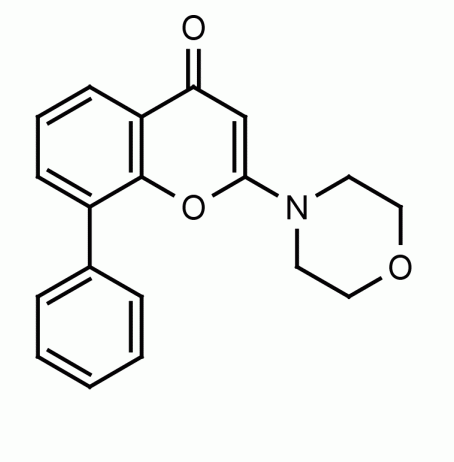Methyl farnesoate (MF) is a crustacean reproductive hormone that is structurally similar to insect juvenile hormone. It is responsible for enhancing reproductive maturation, maintaining juvenile morphology, and influencing male sex determination. Exposure of female Daphnids to increasing levels of MF increases the percentage of males in a brood in a dose-dependant manner. MF is endogenously produced in the mandibular organ and environmental factors such as salinity and temperature can influence hemolyph levels.
Product Number: S-0153
| |||
(E,E)-Methyl Farnesoate
Methyl farnesoate (MF) is a crustacean reproductive hormone that is structurally similar to insect juvenile hormone. [Read More...]





